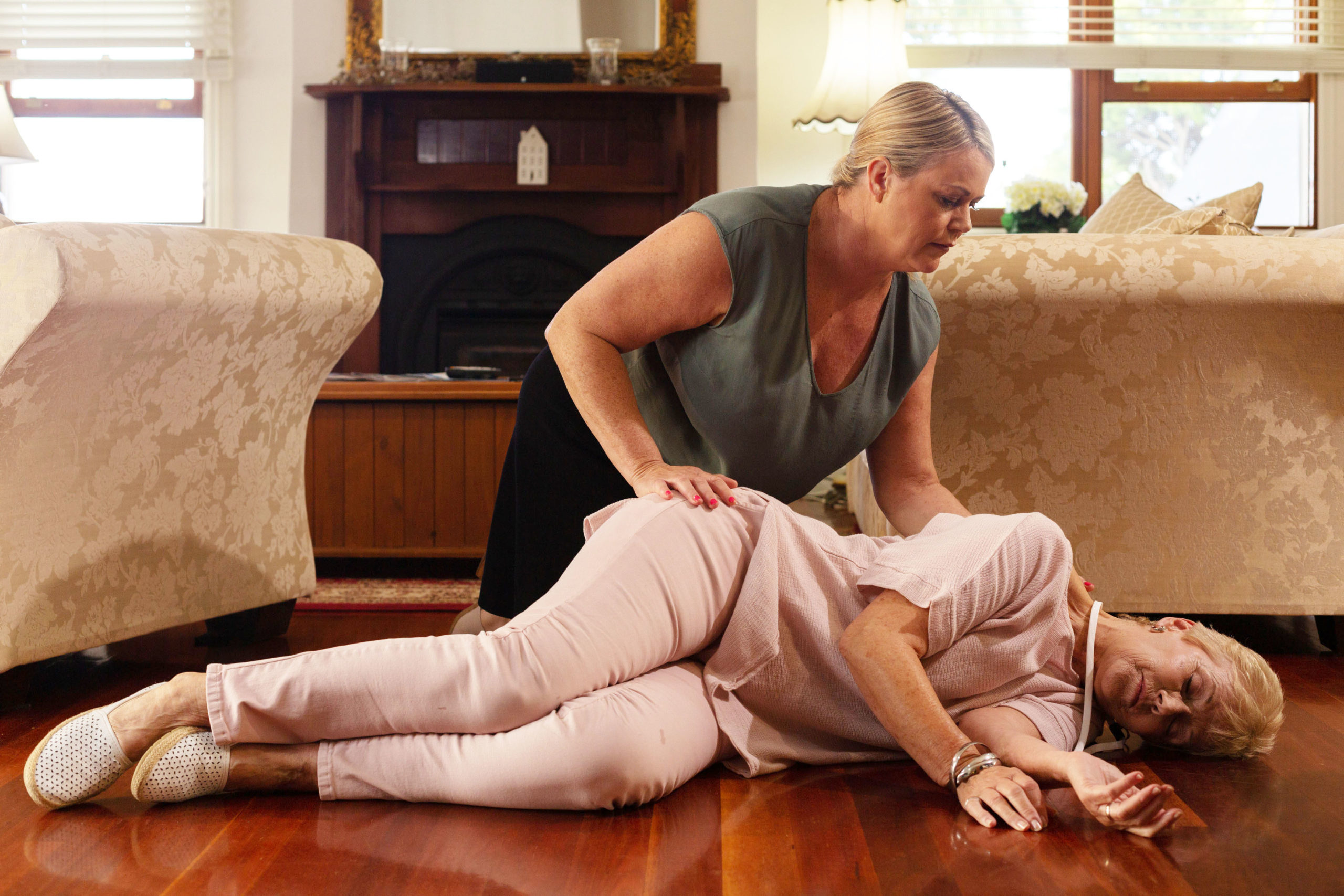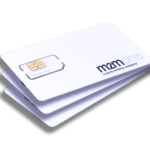If you have elderly or disabled relatives, chances are you are worried that they might fall, get sick, or experience another emergency and not be able to contact you for help.
However, in Australia, LiveLife Alarms allows you to rest assured that if your senior or disabled relative needs help from you, the police, or paramedics, they can get it with the simple push of a button on their LiveLife Mobile Alarm device.
As you might guess, LiveLife Alarms’ business depends on reliable, “always-on” IoT connectivity for its devices – and for this connectivity it has turned to M2M One, a Sierra Wireless company.

A Simple Way for People to Alert Their Emergency Contacts
The LiveLife Mobile Alarm is a pendant that can be worn around someone’s neck or wrist, and is programmed to call and text up to 6 emergency contacts (including 000, the Australian equivalent of the United States’ 911 service) when it owner presses its SOS button. With a built-in microphone and speakers, the pendant’s owner can then discuss the problem they are experiencing with the first of their emergency contacts. If the first contact does not respond, the LiveLife Mobile Alarm automatically contacts the next of the six contacts on the pendant’s owner’s emergency contact list, and so on, until it gets a response.
But the LiveLife Mobile Alarm does a lot more than make it easy for its owner to inform spouses, relatives, caregivers, friends, and first responders if they are hurt, lost, or experience another emergency. The LiveLife Mobile Alarm can alert emergency contacts if it detects that its owner has fallen down, and the user is unconscious or otherwise non-responsive. It also includes a Global Positioning System (GPS) tracker that enables it to provide emergency contacts with a text link to the owner’s current location via Google Maps.
Designed For Ease of Use
Other LiveLife Mobile Alarm features make it extremely easy for non-tech savvy and disabled people to use the device. For example, when activated the pendant “talks” through how it is contacting emergency contacts with its owner, reassuring them that they are getting help while also instructing them on how to stop contacting people if their alarm was mistakenly activated or if help is already on its way. LiveLife Mobile Alarm owners can also press a button on the pendant to call an emergency contact when they are not in immediate danger, but just want to check in and say hi. Emergency contacts can call the LiveLife Mobile Alarm and talk to its owner if they are having difficulty reaching them in other ways. In addition the quick-charging, showerproof LiveLife Alarm can operate for up to five days on a single charge, and can purchased with a single one-time payment, with no ongoing service fees.

While the vast majority of LiveLife Mobile Alarm 90,000 customers are seniors or disabled people, its customers also include other people who might need to alert emergency contacts to an immediate threat or other problem. This includes victims of domestic violence, as well as line-workers, forest rangers, security guards and other people working alone at a remote forestry, agricultural, industrial or other facility.
“Always-On” IoT Connectivity Is Essential for LiveLife Alarms
For LiveLife Alarms to deliver peace of mind to its owners and their loved ones, it needs to ensure that its pendants can call and text its owner’s emergency contacts wherever the pendant owner is in Australia – be it a remote town, or inside a building. They also need support for Voice over LTE (VoLTE), so that LiveLife Mobile Alarm owners can use the pendant to talk with their emergency contacts. In addition, the government of Australia requires LiveLife Alarm to register their pendant owners’ addresses in its Integrated Public Number Database (IPND). This way, first responders can use the Subscriber Identification Module (SIM) card in the pendant to look up the address of the owner of the LiveLife Mobile Alarm if they use the pendant to contact them.
M2M One delivers all these IoT connectivity services and more to LiveLife Alarm. For example, M2M One provides LiveLife Alarms with access to Telestra’s 4GX network, along with access to its 3G network as a backup. This 4GX network delivers LiveLife Alarm better coverage than regular 4G inside buildings and other facilities, along with support for VoLTE. In addition, M2M One’s wireless coverage plan does not just include locations included in Telestra’s wholesale services package, but small, remote towns and other locations included in the mobile network operator’s retail package as well.
M2M also offers LiveLife Alarm an automated way to update its pendant owners’ addresses in the IPND on a daily basis, with a process that is much quicker, more secure, and more accurate than its previous connectivity provider. This helps ensure that first responders always have the correct home address of LiveLife Alarm customers. All these IoT connectivity services come with knowledgeable 24/7/365 support, at a price that reflects LiveLife Alarm’s need for a low data 30 kilobyte voice and data plan for each of their devices.
M2M One Aligns with the Simplicity and Sophistication of LiveLife Alarm
LiveLife Alarms offers seniors, disabled people, and other customers the ultimate in simplicity when it comes to a mobile solution for contacting others in case of a personal emergency. M2M One supports this mission by providing LiveLife Alarm with the simple, always-on IoT connectivity services it needs ensure that, wherever they are and whatever they are doing, its customers can reach others if they need help. As said by Phil Mathieson, Co-Founder and Director of LiveLife Alarms “Our devices are simple but sophisticated, and M2M One aligns well with the simplicity of the device itself in how they deploy, manage, and support the SIMs.”
Start with Sierra to learn more about how M2M One and Sierra Wireless can provide you with the IoT connectivity services you need to deliver customers innovation solutions, like the LiveLife Mobile Alarm, that increase their peace of mind.


